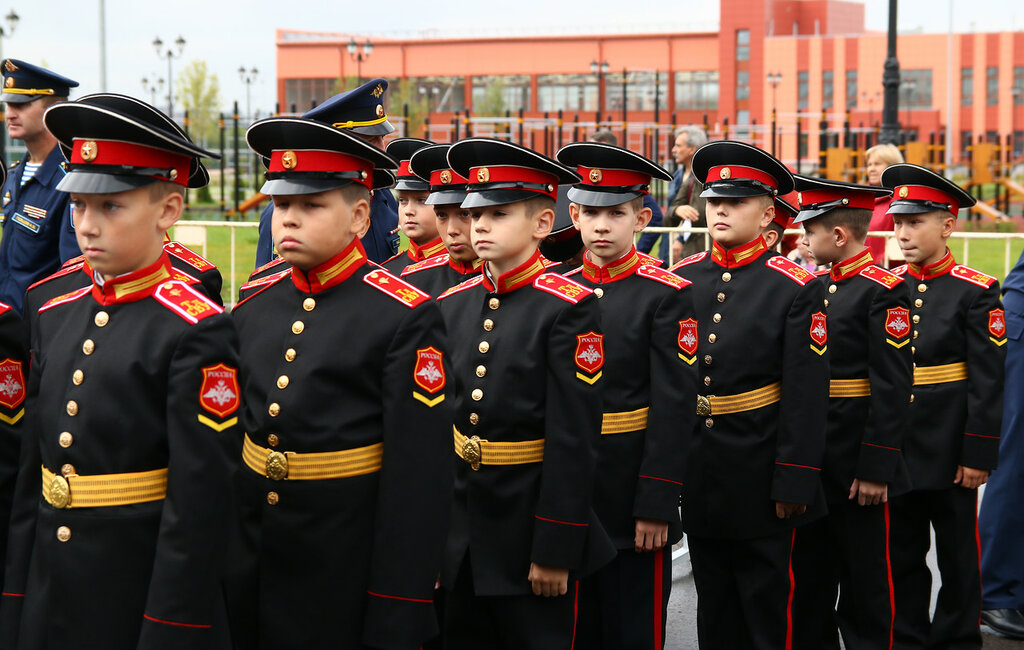A Telegram post about Bucha from London-based political scientist and scholar Vladimir Pastukhov.

The marauding of the Russian Army in Ukraine is shifting from the periphery of public attention to the center. This was powerfully facilitated by pictures of Bucha liberated from its liberators, which forced many people outside Russia (where they don’t show any pictures except happy ones) to ponder how Russian troops in Ukraine are really carrying out a very special operation.
An international investigative commission will deal with the humanitarian-legal aspects of this operation without any doubt, and I don’t intend to prejudge its conclusions. But besides the humanitarian and legal aspects of this problem, there are purely military ones, more precisely military-political aspects. An army of marauders, stealing and raping the civilian population, cannot fight effectively.
What’s happening in occupied Ukrainian territory no longer resembles war as much as a pirate boarding or a wild Polovetsian (Pecheneg) raid sunken in Putin’s soul. Those who are fighting aren’t a regular army but a rabble. Even in the Soviet and Nazi armies they fought against marauding as best they could, albeit not always successfully. In the Russian Army, they’ve put it on an assembly line and view it, apparently, as a means of extra motivation for personnel.
Bastrykin is so carried away searching for straw in Bandera’s eye that he can’t get the log out of Shoygu’s eye.1 There’s not a single report that Bastrykin’s glorious eagles, if only just to divert evil eyes, if only just to refute, have attempted to investigate the military crimes of his own army on the territory of Ukraine. In this regard, the generally correct thesis about the ideological character of this war against Western liberal values and for the Russian messianic idea needs substantial correction. This is a war for the idea of bandits and with bandit methods. It exudes not so much Orthodoxy or even communism, the banners of which are raised over Russian regiments, as it does the Petersburg alley.2
Such an army by definition can’t long be combat capable and will fall apart in the course of a war, which places in question the achievement of not just the strategic, but even the tactical goals of the Kremlin in this criminal adventure. Everything the thieving ministers of defense reported to their Supreme Commander-in-Chief about the reform of the Russian Army on inspection turns out to be a lie and bluff — not just from the point of view of armaments, but even the most important question of military discipline and training. There are no real contractees, that is professional military men. There is a mix of “wild geese” (professional mercenaries) and untrained, deceived serfs on whom a contract was foisted as a quarterly bonus. This is an explosive mixture which turns the army into a nomadic hellhole.
Generally, there’s nothing surprising in this. Marauding is the essence of the Putin regime, but the army, as real professional military general Denikin wrote, is the core of statehood. What kind of state has such an army?
1Bastrykin heads the SK RF — Investigative Committee of the Russian Federation, with statutory authority to investigate crimes by police, local, and federal officials. “Searching for straw” comes from a Russian proverb — one is so busy looking for faults in another that he cannot see them in himself. Bandera was the controversial Ukrainian nationalist leader used here to mean today’s Ukrainian leadership. Shoygu is the RF Minister of Defense.
2Banners refer to the honorific flags carried by regiments marching in the May 9 Victory Day parade on Red Square. They trace back to the Great Patriotic War. “Petersburg alley” refers to Putin’s claims that he learned to hit first when fighting in the streets and courtyards of Leningrad. It also rings of more modern thugs and gangsters in St. Petersburg.
















